Millions of American families experienced shockwaves when the Senate failed to pass the expanded child tax credit bill. During the COVID-19 pandemic, families received much-needed financial relief thanks to the expanded child tax credit, which was implemented as part of the American Rescue Plan.

However, many families are wondering what the future holds after this expanded benefit expires. So, the questions everyone wants answers to are: What does this mean for the average American family? And how will this affect their finances? To fully understand the wider implications, let’s get into the details.
How Much Is the Child Tax Credit in the US?
The child tax credit is essential for many American families. As of 2023, it provided $2,000 for each qualified child under 17 years old. During the pandemic, the expanded version provided up to $3,600 for children under six and $3,000 for older children. This means that the amount offered has decreased.
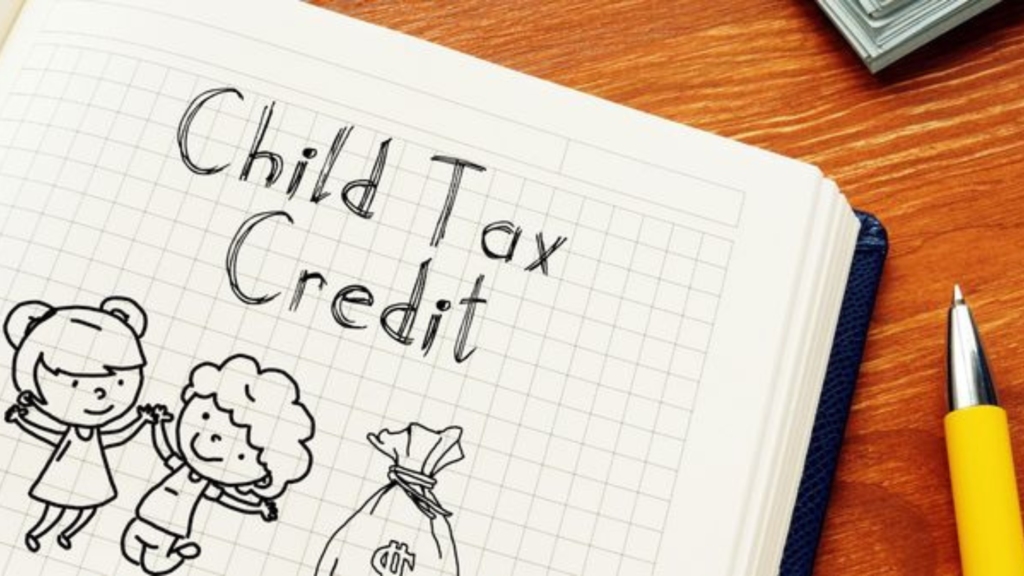
The expanded credit was temporarily designed to support families affected by COVID-19. The current credit is partially refundable, with low-income families eligible for up to $1,600. For those who benefited from the expanded payments, this reduction may feel like a setback.
What Are the Child Benefits in the US?
The child tax credit is one of the many US benefits designed to ease the financial burden of raising children. Unlike the expanded version, which provides payments on a monthly basis, the traditional credit is claimed during tax season.

The Additional Child Tax Credit (ACTC) is available to individuals whose tax credits exceed their outstanding taxes, and the Earned Income Tax Credit (EITC) is available to low- to moderate-income families. Low-income families can also receive food assistance through programs like SNAP and WIC, but these are more targeted and less widely available.
ALSO READ: IRS Set to Increase Child Tax Credit Amount in 2024 Update
Does the US Government Give You Money for Having a Child?
The child tax credit offers financial support to families raising children in the US. While not direct compensation for having a child, it offers a significant financial boost. During the pandemic, the expanded child tax credit provided monthly payments, directly reducing child poverty and offering timely relief.

Nevertheless, these monthly payments have halted due to the failure to pass the enlarged tax credit bill, which makes it more difficult for families to budget and plan for child-related expenses.
How Do I Claim Child Benefits in the USA?
To claim the child tax credit in the United States, you must file a federal tax return, even if your income is low. The Social Security numbers and other details of your qualified children must be included on the return. The credit is dependent on your income and is calculated using tools provided by the IRS.
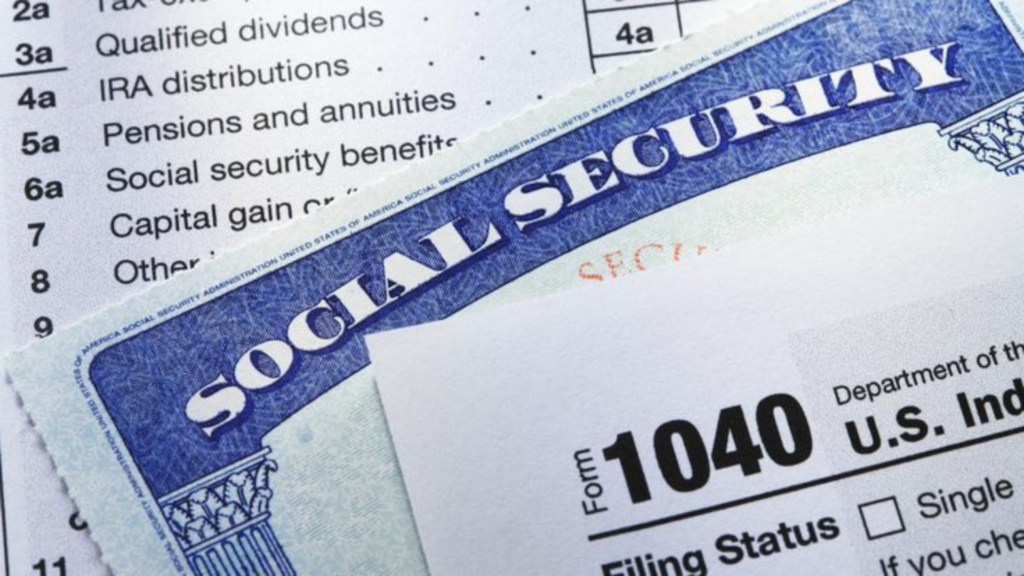
Should the credit amount exceed your outstanding taxes, you can be eligible for the refundable expanded child tax credit. It’s essential to keep in mind that the child tax credit is based on your income. The credit begins to phase out for single filers with an adjusted gross income (AGI) over $200,000 and for married couples filing jointly with an AGI over $400,000.
What the Failed Child Tax Credit Expansion Means for Families
If passed, the bill would have expanded the child tax credit’s availability and increased its refundable portion retroactively for 2023, which would have resulted in IRS refund checks. In the first year, an estimated 16 million children would have benefited, with qualifying families receiving an average $680 tax decrease.

Although the plan had bipartisan support, many were dismayed by its loss, including Chuck Marr of the Center on Budget and Policy Priorities, who noted that as the 2025 tax cliff draws near, Democrats will continue to prioritize raising the child tax credit.
Child Tax Credit Expansion Stalls in Senate
The Senate failed to secure the necessary 60 votes to pass the legislation that sought to increase the Child Tax Credit, voting 48–44. The bill was overwhelmingly approved by the House, but differences over procedure and modifications caused it to stall in the Senate.

Under the proposed $79 billion program, the benefit would have grown from $1,600 to $2,000 per child by 2025, accounting for inflation. However, party disagreements and a lack of serious negotiations hindered its progress.
The Impact of Expanded Child Tax Expiration
Many families are finding it difficult to adjust as a result of the expanded child tax credit expiring. The monthly payments served as a safety net during the pandemic, enabling families to pay for necessities like groceries, rent, and utilities. Many people saw it as the difference between financial hardship and stability.

Families have since reverted to the pre-pandemic practice of receiving a lump sum during tax season, as the expanded credit is no longer available. While this is still helpful, it doesn’t provide the same immediate relief that the monthly payments did.
Impact of the American Rescue Plan on Child Poverty Rates
Under the American Rescue Plan of 2021, the child tax credit was temporarily raised from $2,000 to $3,000, with an additional $600 for children under the age of six. Up to half of the benefit was paid each month.
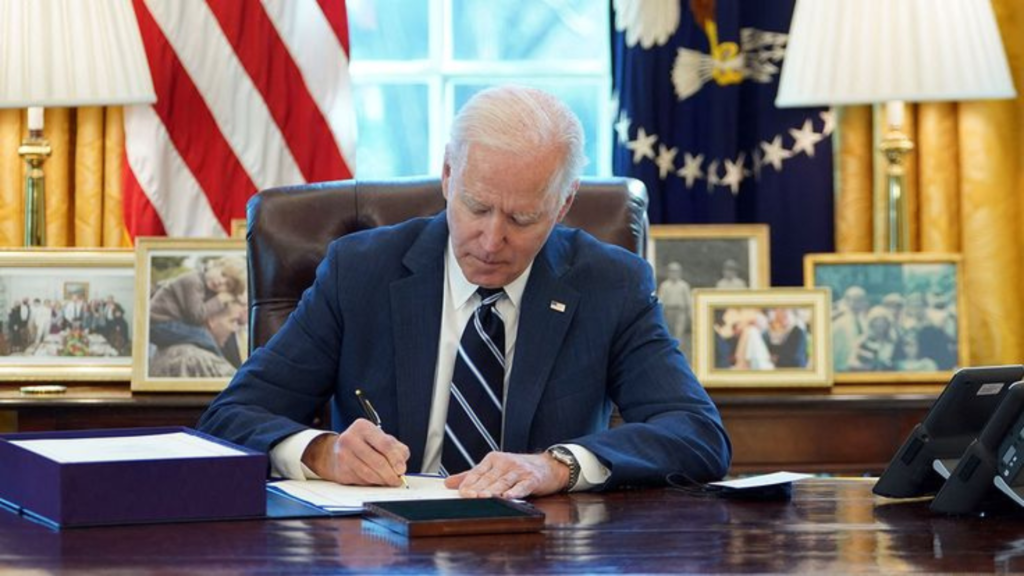
According to Columbia University, this expansion caused child poverty to historically decline, reaching 5.2% in 2021. The U.S. Census Bureau revealed that the child poverty rate more than doubled to 12.4% in 2022 after pandemic relief expired.
ALSO READ: American Families Will Start Receiving Child Tax Credit Soon — Here’s What To Expect
Why the Expanded Child Tax Credit Failed to Pass
Several economic and political factors prevented the Senate from passing the Child Tax Credit expansion. A few lawmakers voiced concerns regarding the cost and impact of the expanded child tax credit on the federal deficit. Others argued that by giving families an excessive amount of financial support, the expanded credit may discourage work.
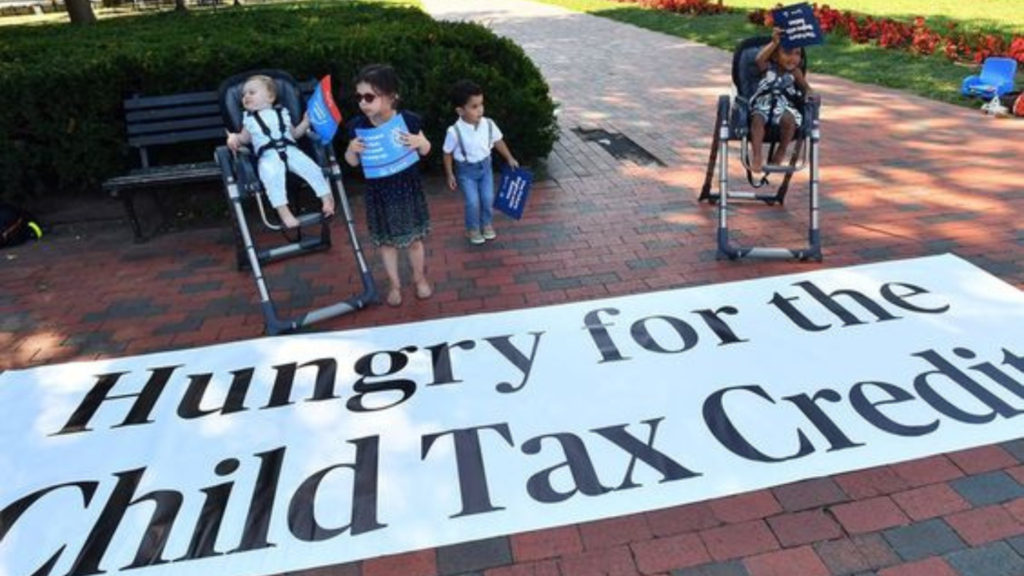
In spite of these concerns, many supporters argue that the advantages of expanded credit far outweigh the disadvantages. They use the decline in child poverty and the enhancement of children’s well-being as proof that expanding credit was a valuable investment in the country’s future.
What’s Next for the Child Tax Credit?
Even though the expanded child tax credit is no longer in effect, its future is still being discussed. Given its effectiveness in lowering child poverty and supporting families during the pandemic, several lawmakers are pushing for a return to the expanded version.

In an effort to make the child tax credit more accessible to low-income families, some have suggested increasing the refundable portion or adjusting the income thresholds. These suggestions are a reflection of a growing recognition of the importance of supporting families with children, especially as the cost of living continues to rise.
Uncertainty Surrounding the Future of the Child Tax Credit
As 2025 approaches, there are still lingering concerns about whether Republicans and Democrats can agree on the child tax credit’s work requirements and refundability. Families would have greater stability if the credit were updated permanently rather than temporarily.
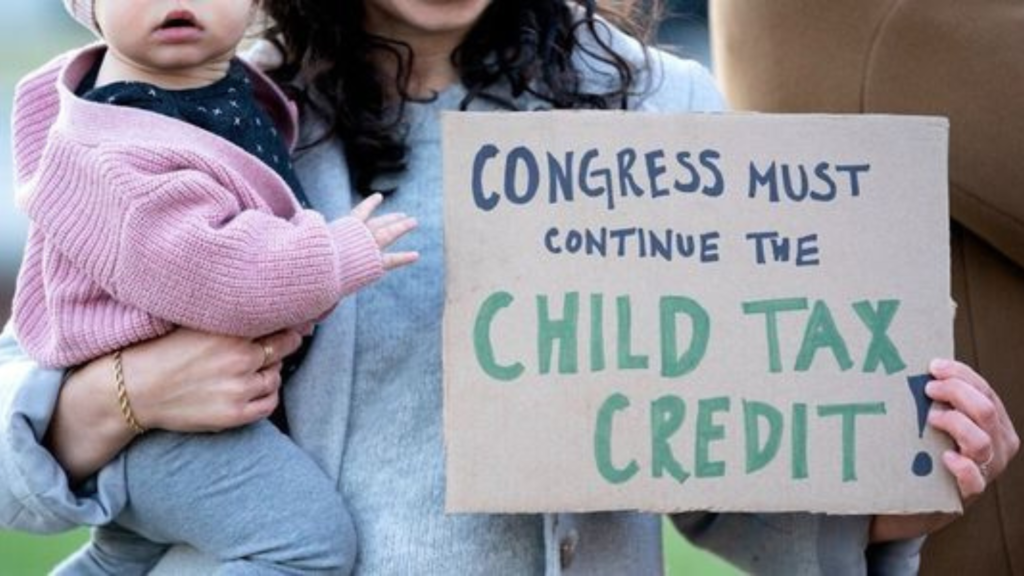
It can be difficult to predict what might happen in a closely contested election, though, because the child tax credit’s future will depend on who controls Congress and the White House.
You Might Also like:
Couple Narrates Why They Stopped Renting Their House as an Airbnb After 15 Years in the Business
Warren Buffett Boosts Berkshire’s Cash Reserves to Record $277 Billion by Reducing Stock Holdings
17-Year-Old Student Turns $10,000 Prize Into Amazon Side Hustle Generating $71,000 Monthly
July Sees Jobless Rates Drop for Asian Americans, Defying the Overall Trend
LVMH CEO Bernard Arnault Olympics Sponsorship Celebrates the Spirit of France, Half-Year Report

